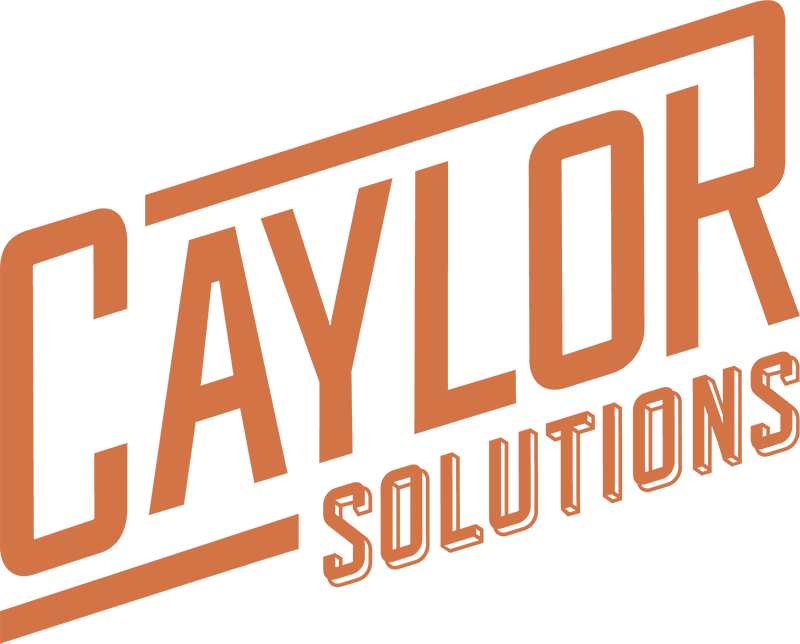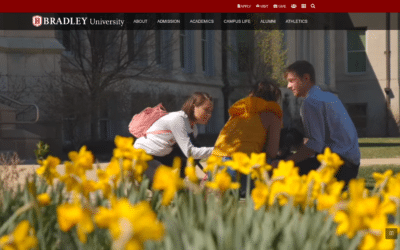One of the first things a good marketer does is to analyze their competition. In the world of higher education, that holds even more true than for our nonprofit counterparts.
So what’s the big deal? Isn’t competition supposed to be healthy?
Yes. Until it’s not.
While I believe in healthy competition, having an aggressively competitive mindset results in losing the impact and productivity you want to have as an industry.
For example, your individual institutional goal is to have as many students as possible, but as an industry, the goal is to increase the number of those with higher degrees in your region.
To solve big problems like that, you must be able to cooperate with others, even if they are technically the competition.

TCS is the community solution for higher education and is all about working collaboratively to advance institutional sustainability, student success, and community impact. Dr. Horowitz brings excellent insights into the ideas of collaboration and marketing within higher education.
The Power of Radical Cooperation
At the beginning of our conversation, Michael gave us his vision of what radical collaboration is and why he feels it’s so necessary for us as higher ed marketers.
Radical cooperation means that this is our biggest cultural value.
We’re looking at each other as teammates. We’re trying to figure out the best way forward for our students and for colleges.
If you go to most sectors of society, there’s no way to solve big problems without working in what I would define as a radically cooperative way.
[For example], Houston is having the most success in dealing with homelessness of any of our big cities. What was striking was that various agencies and nonprofits that interface with that population had to work with each other in a cooperative way that they never had before.
Higher ed is kind of distinct in being radically non-cooperative.
[So] when you create an integrated nonprofit system [among higher education institutions], and you ask faculty, staff boards, to work across the nation, and really across the globe, you have to double down every day on the notion of [we are] one organization, one system, and we’re working to support each other.
I don’t believe higher ed is the most competitive industry out there, but among nonprofits, it is certainly a more aggressive space.
While this level of competition does produce some good things, like more sophisticated marketing skills, it also has undesirable consequences on a grand scale.
There is a great TED Talk by a Boston Consulting person, Yves Morieux, that talks about where businesses and organizations lose the most impact and productivity is by not working together.
Those are not things you can necessarily measure on a budget or in a metric. But you can feel it, and you will see the impact on those metrics.
Benefits of Radical Collaboration for Your Institution
While the greatest benefits of radical collaboration will certainly go to the students and communities that we serve, that’s not to say that there are no benefits for you and your school.
One of the most appealing benefits of working together is that it brings massive cost savings as your purchasing power or negotiating power rises as a group.
Michael helped unpack this benefit in this way.
In my 10 years as the president of the Chicago School, there were always great aspirations to do things together. [Yet] it seemed like the core emphasis (and that’s my observation on most of the associations) was to lobby as a group for state funding.
That is absolutely important, and the right thing to do. But I didn’t see anything else [in terms of] impact.
Part of my desire to do something different [as is the case with TCS] is that you have to formally tie [the association] together at the governing level. If you don’t have buy-in from the boards of trustees and the leadership, the rest of it’s not going to work. There are too many competing factors.
I started TCS from an academic premise that bringing colleges with a passion for their programs and communities together, [would result in us being] better as a group.
[Of course, this means] you should be able [to] —and we do— buy at better cost or better quality or both by being as a group. But that’s one small part of it.
Really, the biggest part you have to get right up front is, “How is everybody at every level going to commit to this being a united effort?”
Here’s where [the importance of organizational] culture comes in. We don’t necessarily strive to save money. [It’s more like] we’d rather create the biggest impact with our dollar. Often, that means our colleges might be spending the same, but for something at a much higher level.
While this kind of radical collaboration might be frightening for us at first, I think Michael, and other voices like his, are on to something.
There must be a way in which we can all work together to solve the big problems for our students while also maintaining our primary focus on marketing for our individual institutions.
All ships rise in high tide.
Discover more when you listen to the podcast!
Like all of our blog post reviews of The Higher Ed Marketer podcasts, there’s so much more to learn in the podcasts themselves.
Listen to our interview with Dr. Michael Horowitz to get even more insights into:
- What radical cooperation means in higher education.
- How schools can better use benchmarking and KPIs to set and achieve goals.
- Dr. Horowitz’s advice to other colleges and universities.
Want to Improve Your Digital Marketing Results?
Then you’ve got to know how to write for the web. That’s why we want to send you our popular ebook: Writing for the Web: 7 Secrets to Content Marketing Success for Education Marketers!
With this helpful resource, you’ll learn how to:
- Grab your reader’s attention immediately
- Pull your reader’s attention deeper into your content
- Write so that Google (and other search engines) find you easily
- Increase your website’s conversion rates
In short, you’ll be able to write the copy that makes your digital marketing strategy work for you. Download your copy today!
Featured image via tcsedsystem.edu











